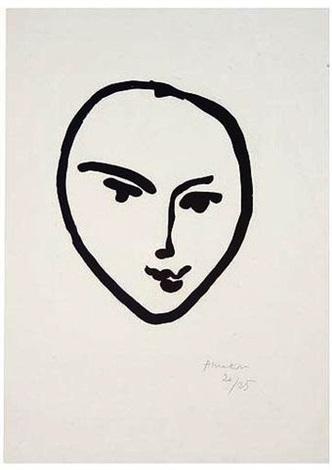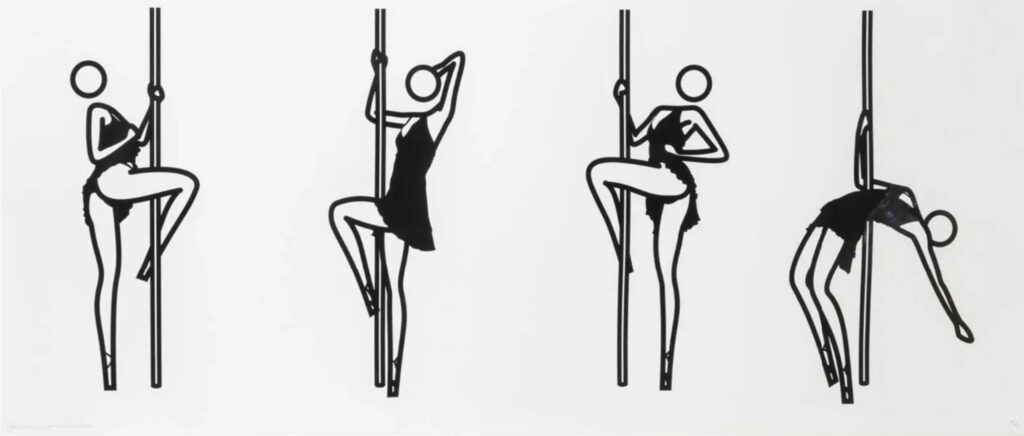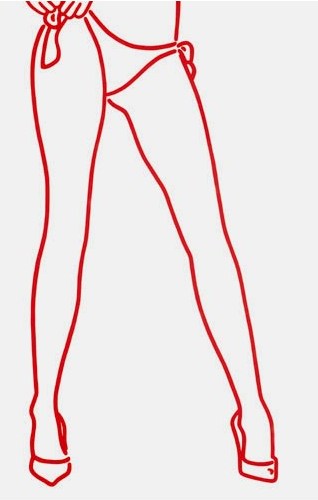Minimalist Line Art
Minimalist line art involves lines and negative space as the only elements used in line art, also known as one line drawings, to make a striking visual statement. Clean lines, a lack of shading, and depth make line art easy to identify.

Henri Matisse and Pablo Picasso’s line drawings are two examples of the painters who had an impact on this kind of art. These experts simplify difficult concepts into a single piece that successfully conveys the subject. Since this kind of art has been since the early 20th century, there isn’t just one way to create it.
Typically, the subjects of this art are abstract, still life, nature, human portraits, and figures. Although black lines on a white background are the traditional setting, this art style has evolved in recent years to include the use of bold, often even conflicting colours to emphasise the image.

Minimalism is an extreme form of abstract art that originated in the United States in the 1960s. It typically uses simple shapes and sharp edges to convey the essence of the forms and materials employed. The movement questioned conventional ideas about what art is and should be.
The idea behind minimalism was to investigate an art form’s fundamental components. In minimalist visual arts, the subjective, gestural components were removed to highlight the merely visual, objective components of painting and sculpture.

A Western art movement that emerges after World War II, minimalism has been greatly influenced by Japanese culture and philosophy. Since then, it has continued to be a steadfast aesthetic choice that can be seen in modern art and design.
Because the term implies that the work is basic, artists have occasionally responded negatively to it. Minimalism is frequently seen as a response to abstract expressionism as well as a transitional movement into postminimal art forms.
Artists who often create minimalist line art include Julian Opie, Michael Craig-Martin and Lucie Bennett.
